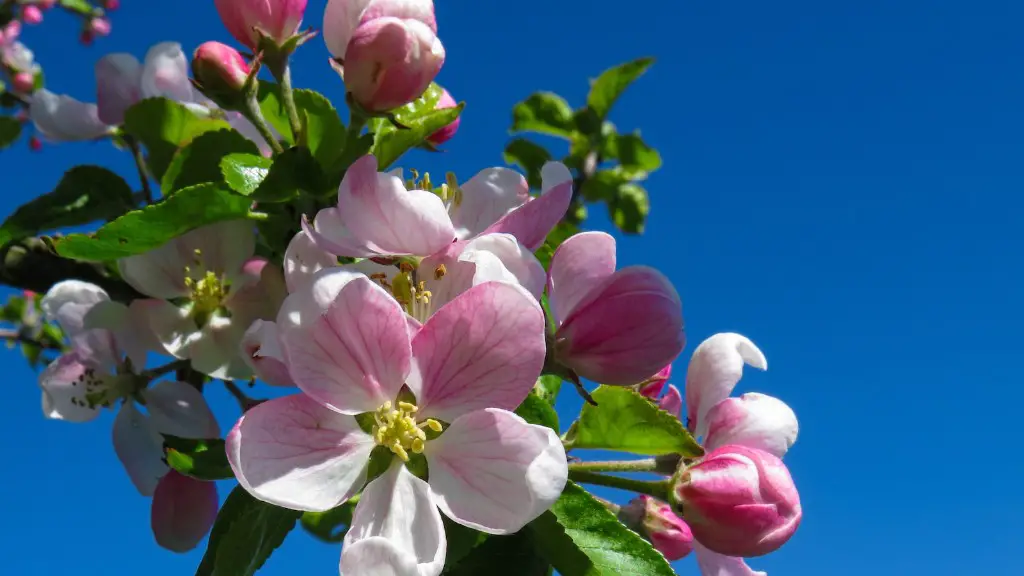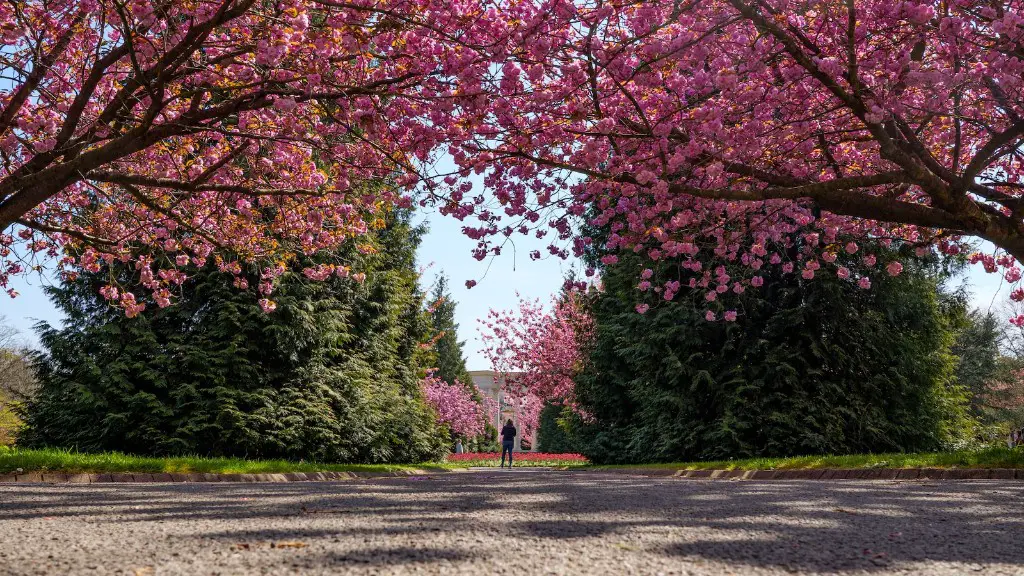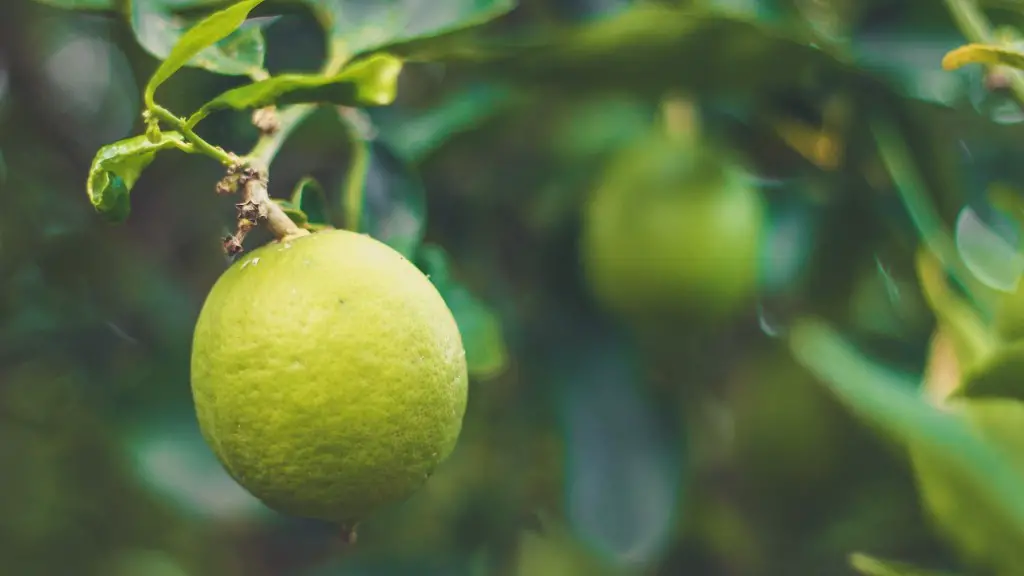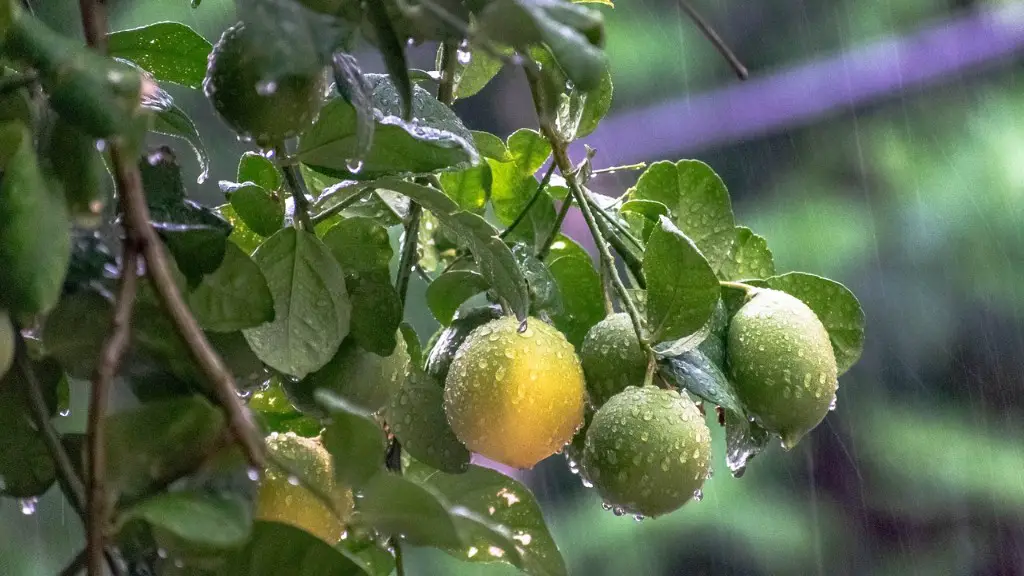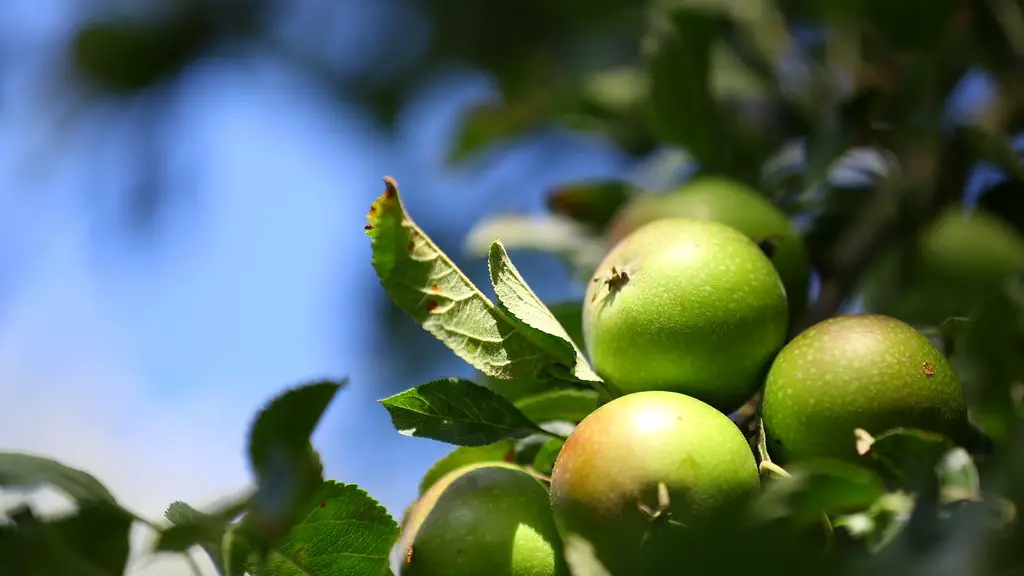Planting an apple tree is an investment in long-term satisfaction. Knowing the best time to plant an apple tree can help ensure it’s success. Winter is the best time to plant an apple tree as the tree has time to get established before the growing season.
Planting your tree in winter has several advantages over planting in other seasons. Winter’s cool weather gives the tree a chance to heal its roots, while enabling an ideal amount of rain or irrigation to help it to settle in.
Before planting, it is important to prepare the soil; this includes removing grass, weeds and stones. The soil should also be tested to ensure its pH level is that is ideal for an apple tree, which is between 6.0 and 7.0.
After preparing the soil, the tree should be planted in a sunny spot that has adequate air movement. This can help protect against fungal diseases which cause root rot.
The tree should be planted in a hole that is twice as wide as the root ball and about the same depth. When planting, the soil should be mounded around the base of the tree; this will help to protect it from water pooling and cause root rot.
Once the tree is planted, it should be staked; this will help to support the tree, especially in high wind areas. Finally, the soil around the base should be watered regularly to help the tree settle in.
Planting an apple tree in winter is an excellent way to get the most out of the tree, ensuring that it has the optimal chances of survival and bearing fruit.
Types of Apple Trees
Apples come in a variety of shapes, sizes, and colors. The type of apple tree you plant depends largely on the regional climate, appropriate soil conditions, and your individual preferences.
The most common type of apple tree is the cross-pollinating tree. These trees consist of two different types of varieties that are grafted onto the same tree, allowing for better fruit production.
They come in many varieties, from classic ones like McIntosh and Golden Delicious, to more modern types like Honeycrisp and Ambrosia. Each of these varieties produces sweet, crispy apples with unique flavors.
Some apple trees produce fruits that are not suitable for eating, but rather for making cider or juice. These types of trees tend to produce small, sour apples that are not appetizing to eat.
Dwarf apple trees are a great option for those who are short on space. These trees are bred to produce smaller fruit, but with the same flavor and nutritional value as regular-sized apple trees.
If you want to add variety to your garden, then multi-grafted trees are the ideal choice. These trees contain two or more types of apple grafted onto one rootstock. This allows for more variety in the colors and tastes of the apples.
No matter which type of apple tree you choose, it is important to ensure that it is planted at the right time of year to ensure a successful harvest.
Preparing the Site
When the right type of tree has been chosen, the planting site should be prepared. The soil should be tested to make sure its pH level is ideal (between 6.0 and 7.0) and that there is sufficient drainage.
The site should also be cleared of grass and weeds, and any stones should be removed. This will help to make sure the tree has enough nutrients in the soil, as well as providing good drainage.
Another important factor to consider when choosing the planting site is the amount of sunlight the area receives. Apples trees need plenty of sunlight in order to grow and bear fruit, so it’s important to select a spot that is mostly sunny.
Apple trees should also be planted away from other trees, as this allows them to receive adequate air movement, which is important for protecting against fungal diseases that cause root rot.
When planting an apple tree, it is also important to consider the type of soil it will be planted in. Sandy soil is preferable, as it provides good drainage and helps to reduce the risk of fungal diseases.
Additionally, the soil should be composed of a mixture of organic matter, such as compost, manure, or peat moss. This will help to improve the soil’s nutrient content and drainage capabilities.
Taking the time to prepare the site properly can help ensure that your apple tree has a good chance at success.
Planting the Apple Tree
Once the planting site has been prepared, the apple tree should be planted. It is best to do this in the early winter, when the ground is cool and wet.
In order to plant the tree, a hole should be dug that is twice as wide as the root ball, and about the same depth. The tree should then be placed in the hole and the soil should be mounded around the base.
This will help to protect the tree’s roots from water pooling, which can cause root rot. Additionally, it is important to stake the tree, as this will help to prevent it from being blown over, especially in windy conditions.
After the tree is planted, it is important to water it regularly, as this will help the roots to settle in and get established. The soil should also be fertilized each year to ensure the tree is getting the nutrients it needs.
Pruning is also important for helping the tree to grow, as it removes any dead or diseased branches and encourages the tree to produce more fruit.
By planting the apple tree in the winter, and taking the time to prepare the site and plant the tree properly, you can help ensure it has an optimal chance of survival and productivity.
Mulching an Apple Tree
Mulching an apple tree is an important step when it comes to ensuring its success. Mulch helps to protect the tree against extreme temperatures and moisture extremes, and it also helps to suppress weed growth.
The best type of mulch to use is organic material, such as wood chips, leaves, or straw. This will help to keep the soil moist and provide extra nutrients for the tree.
The mulch should be placed around the base of the tree, in a circle about two feet wide. This will help to keep the tree’s roots cool during hot summer months and warm during cool winter months.
Additionally, it is important to mulch regularly, as this will help to keep the soil healthy and the tree thriving.
Mulching an apple tree is a simple yet effective way to make sure it is getting the essential nutrients and protection it needs in order to produce a bountiful harvest of apples.
Pests and Diseases
Apple trees are susceptible to pests and diseases, and it is important to keep an eye out for any signs of infestation or infection.
Common pests that can attack apple trees include aphids, codling moths, and apple maggots. Aphids feed on the sap of the tree and can cause the tree’s leaves to curl, while codling moths cause the apples to become wormy.
Apple maggots damage the fruit by burrowing into it, making it unappealing. In order to protect an apple tree from pests, it is important to use an appropriate insecticide or pesticide.
Additionally, apple trees are susceptible to fungal diseases, such as powdery mildew, cedar apple rust, and apple scab. These diseases cause unsightly lesions on the fruit and foliage, and can reduce the amount and quality of a harvest.
Fungal diseases can be prevented by ensuring the tree has plenty of air circulation, and that it is planted in an area with well-drained soil.
By being mindful of potential pests and diseases, apple tree owners can help ensure that their tree has an optimal chance of success and bears a delicious, healthy crop of apples.
